Akoya vs Freshwater Pearls: Choosing the Perfect Pearl Type

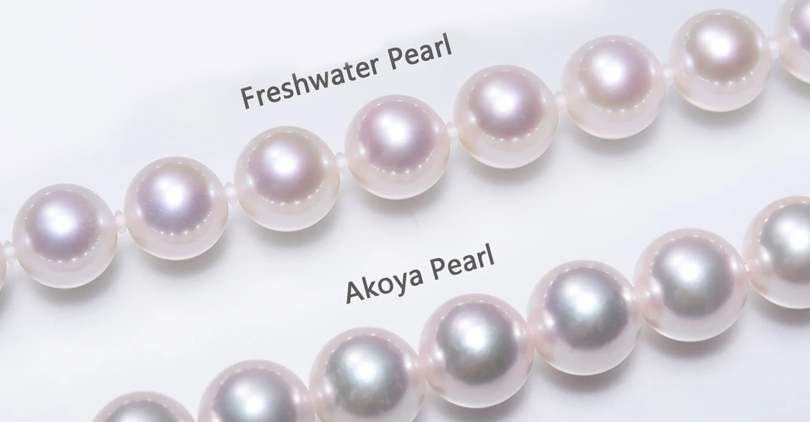
Are you trying to find the perfect pearl for yourself? Although all pearls look the same and are real to the naked eye, it is not true at all. Now, if you are on a shopping spree, don’t forget to check out the famous Freshwater and Akoya pearls.
To help you make a decision, here is a closer look at which of the two, Akoya and Freshwater pearls, is the best. Let’s begin.
Differences between Akoya and Freshwater Pearls

The first step is to find differences based on their size, shape, color, etc., and then choose the best one out of the two pearls.
Pearl Origin
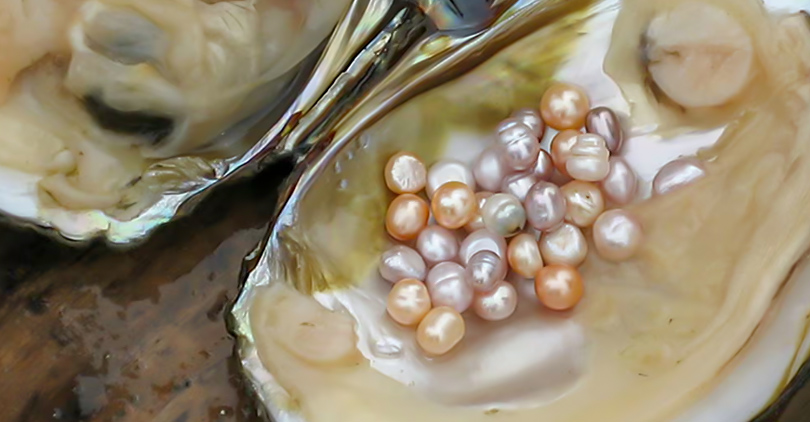
Akoya pearls are mainly cultivated in saltwater, especially in Japan and China. They also come from South Korea, Australia, etc., and proper cultivation takes 1 to 2 years.
On the other hand, freshwater pearls are cultivated in freshwater lakes or rivers. The main producer is China, and you can find them in different shapes. They take about 2 to 7 years for complete development and are a little bit less glossy than Akoya pearls.
Pearl Size

An Akoya pearl typically ranges from 2 to 11mm in diameter. Many factors, such as the age of the oyster, cultivation conditions, etc, influence the size of Akoya pearls. If you want small-sized Akoya pearls for earrings, necklaces, or bracelets, then you should go for 2- 6mm. Otherwise, there are medium and large-sized pearls for huge, luxurious chunky jewelry.
A freshwater pearl is 2 to 16mm in size, with larger sizes more common. You’d be surprised to see that their small pearls are also in sizes 2 and 9mm. You can make earrings, dainty necklaces, and more. Shockingly, the medium-sized pearls go to 16mm in diameter.
Pearl Structure

Akoya pearls have a beautiful round and spherical structure. This is because of the proper bead-nucleation process used during their cultivation. In this process, the bead, made from mother-of-pearl, behaves as the nucleus around which the new pearl forms. Because of the well-controlled environment and short gestation period, you get a perfectly shaped Akoya pearl.
On the other hand, in a freshwater pearl, you can have a more diverse structure. They can be round and in various other shapes as well. Some of the common shapes are round, oval, button-shaped, and baroque. These unique shapes come from their cultivation method, i.e., the tissue-nucleation method. This way, you can get more free and natural shapes of a freshwater pearl.
Pearl Shape
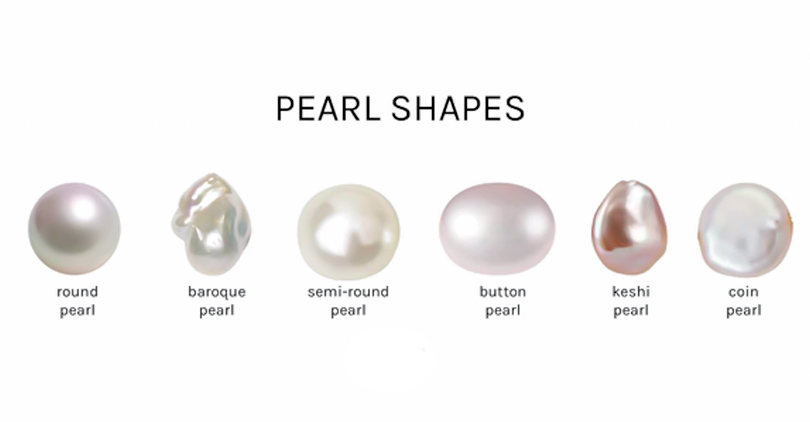
Akoya pearls are well-rounded and perfectly symmetrical in their shapes. This uniform shape makes them the most wanted pearls, especially for individuals who want a classic and timeless look. Their round shape can give you a more elegant and polished appearance when paired with the best dress. So, if you are going for a more traditional and formal look, pick Akoya pearls.
On the other hand, freshwater pearls can be found in round, oval, button, baroque, and other shapes. These very many shapes let you experiment with the designs. You can be creative and create contemporary looks. In the end, you will have the most artistic jewelry pieces ever.
Pearl Luster
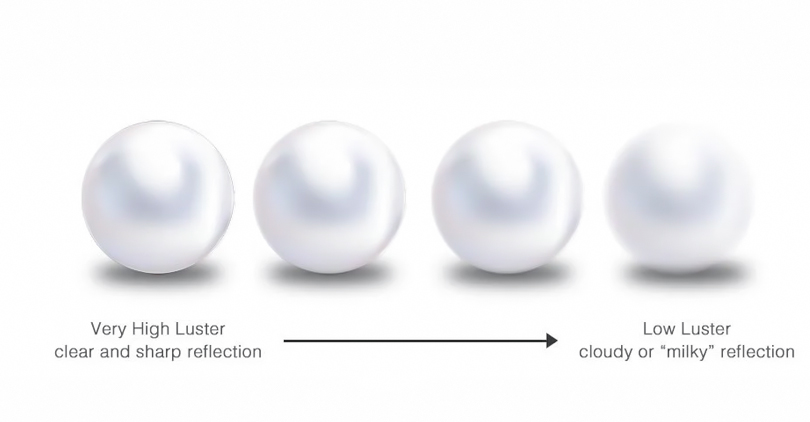
Akoya pearls have exceptional lustrous properties and high reflective brilliance. This happens because of the smooth and round surface of Akoya pearls that allows light to reflect properly. You get a more shiny and bright surface. Eventually, you get a more sophisticated and glamorous Akoya pearl.
Now, if you are looking at a freshwater pearl, you will see that it has a more subtle luster than Akoya pearls. There is a gentle glow in these pearls, and they are not as intense as Akoya pearls. You can find beautiful, naturally elegant jewelry pieces made of freshwater pearls.
Pearl Color
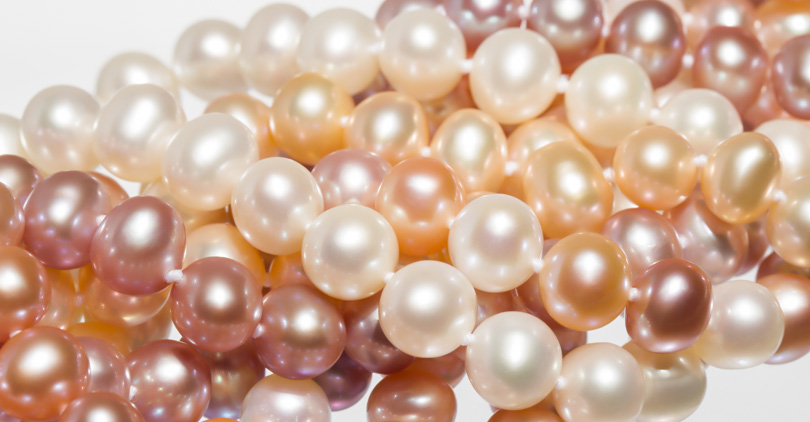
Akoya pearls are available in shades of white or cream. However, sometimes, you may also find them in the overtones of pink, blue, or silver.
You can find freshwater pearls beyond basic whites and creams. They are available in pink, lavender, and pastel hues. These diverse colors make some very elegant jewelry pieces that match your style.
Price Range of Each Pearl Type
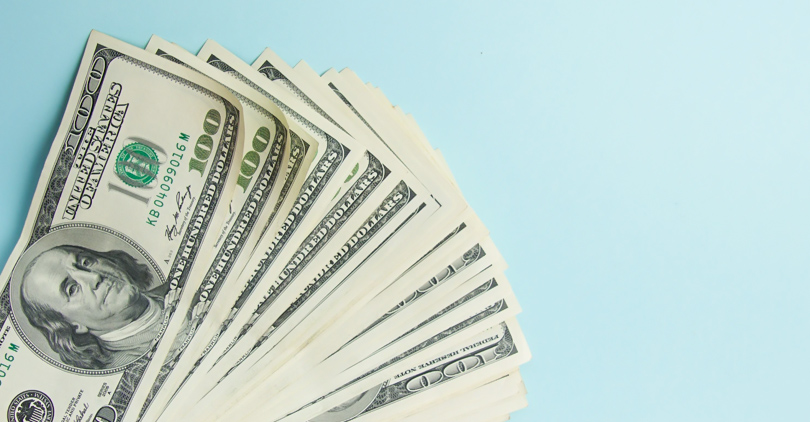
If you want Akoya pearl jewelry, you can start with a pearl necklace for $196 and go as high as $4929. As for earrings, there are beautiful pearl drop earrings for $182. You can also buy bracelets, pendants, rings, etc, made of pretty Akoya pearls.
In the freshwater pearl catalog, you can find some very affordable jewelry pieces. A pearl ring at $101 accompanied by a freshwater baroque pearl necklace for $79. The prices can go on the higher range as well; for example, you can get a beautiful blue sapphire freshwater pearl pendant for $2999.
Pros and Cons: Akoya vs Freshwater Pearls
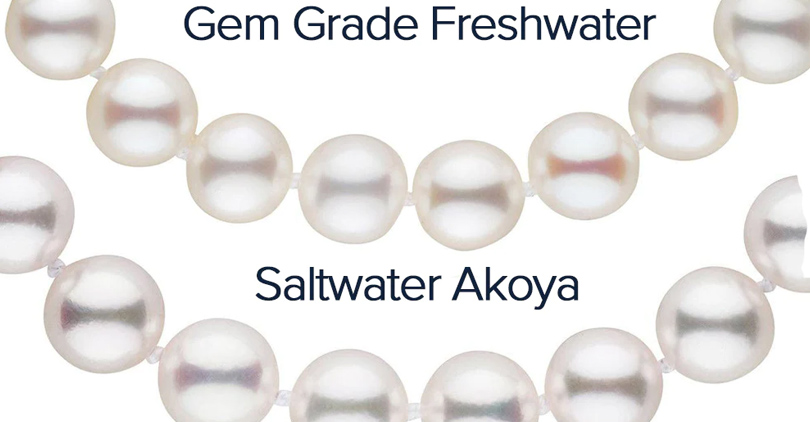
So, when it comes to caring for Akoya and freshwater pearls, both of them need equal attention. However, here are some pros and cons for you to decide better.
Akoya Pearls: Pros
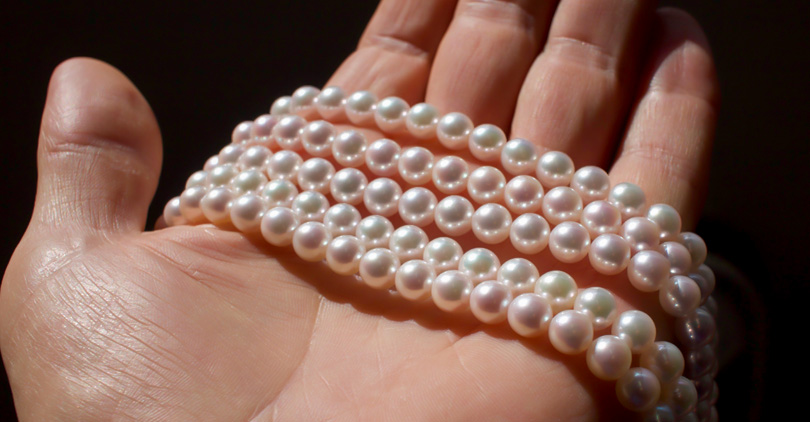
- These pearls are more durable and less prone to damage than freshwater pearls. The reason behind this is their smoother and rounder surfaces.
- They are also less likely to tarnish or lose their luster over time as compared to many other types of pearls.
Akoya Pearls: Cons
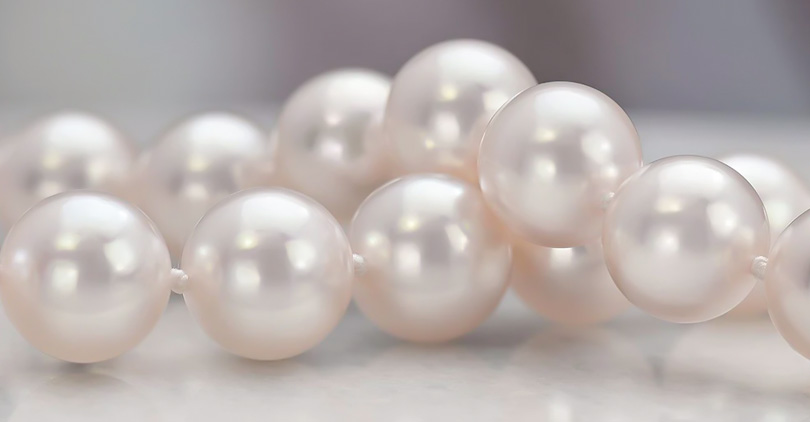
- While they are durable, they are also sensitive to chemical touch. Therefore, you have to keep everything away, ranging from perfumes, cosmetics, hairsprays, etc. You have to be consistent with this if you want to keep their luster intact.
- Another thing you have to be careful about is the silk thread they are strung on. It can wear out over time and break. Therefore, keep looking for any damage to ensure the pearls don’t just fall off anytime.
Freshwater Pearls: Pros
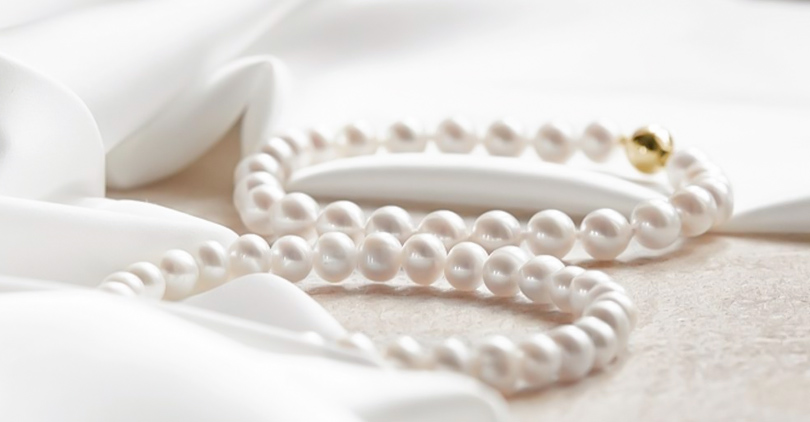
- You can find various shapes and sizes in freshwater pearls. That is why many people consider them: they give more jewelry design options.
- They are more budget-friendly than Akoya pearls. So, it is a good option for a wide variety of customers from various backgrounds.
Freshwater Pearls: Cons
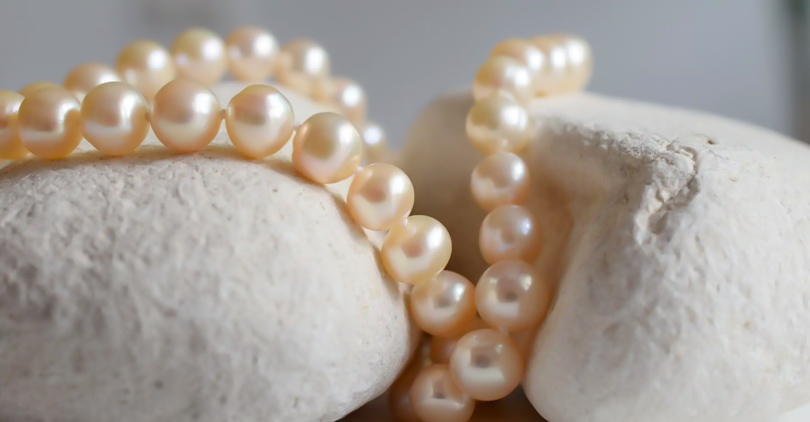
- These pearls are much softer than Akoya pearls, and that can lead to scratches on the surface. This can happen easily if you don’t take care of them properly, like keeping them in a soft bag.
- Here, you also have to take care of the silk thread to avoid losing any pearls and breakage in them. They are more porous, and that is why chemicals can damage them easily. So, you should keep them away from makeup and hairspray.
Choose the Perfect Pearl Type
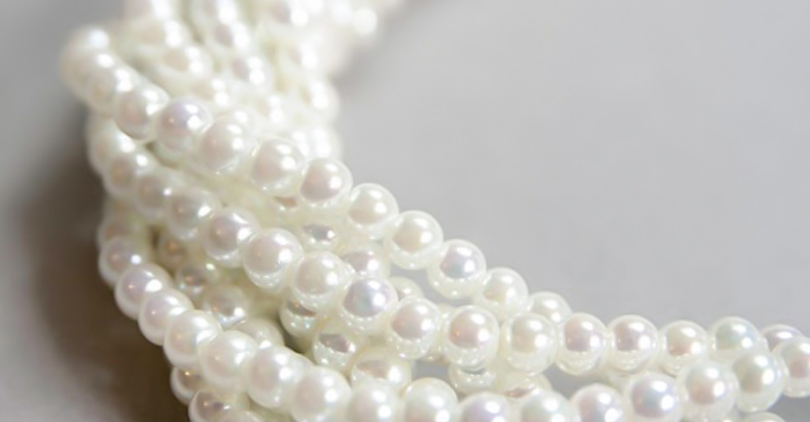
These are the two questions you should have answers to if you are going pearl shopping.
When Should You Buy Akoya Pearls?
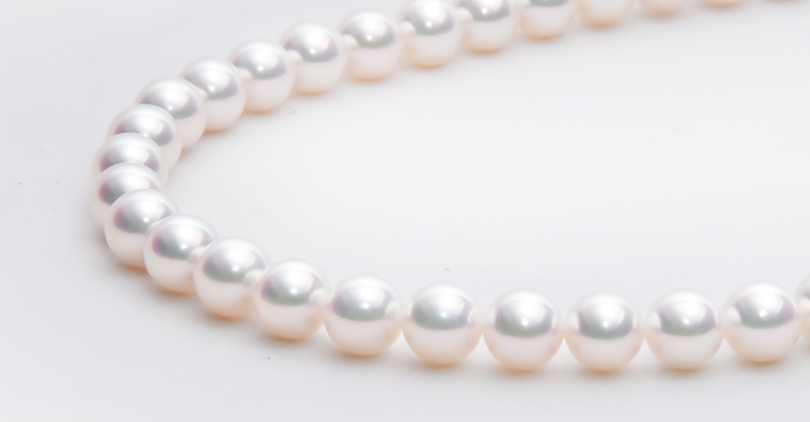
The occasion makes the jewelry more special, and if you are going to a very special occasion, say a more formal event, then buy Akoya pearls. It can be a conference meeting or a special wedding ceremony of a close friend. The Akoya pearl jewelry will help you stand out from the crowd, and everyone will talk about the brilliant pearls you are wearing.
Akoya pearls are a symbol of tradition and prestige because of their association with Japanese culture. Therefore, you can wear them at a significant cultural ceremony in your house to add a touch of emotion and cultural sensitivity.
When Should You Buy Freshwater Pearls?
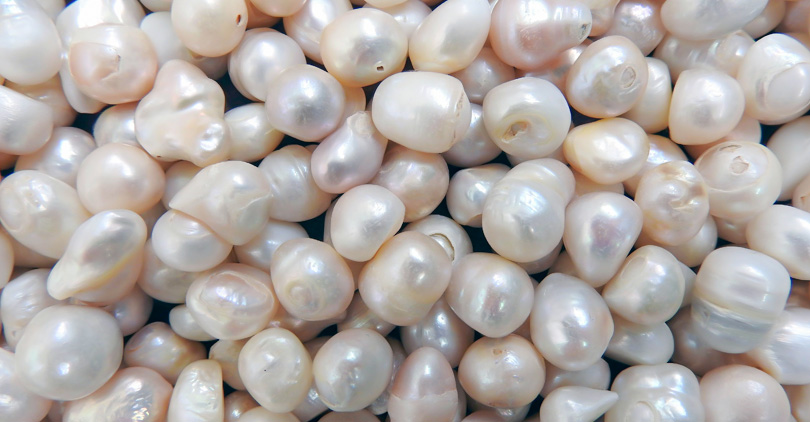
Now, if you are going to a more casual party, like a cocktail party or everyday office routine, you can wear freshwater pearls. They are budget-friendly and easy to take care of. You can wear them daily and still look outstanding.
For a more modern look and contemporary jewelry design, pick freshwater pearls. They have various shapes and forms for you to choose from. This makes it a favorite of many and gives you more fashion-forward pieces.
Conclusion

Choosing between an Akoya and a freshwater pearl is not easy. Where one has the perfect round shape, the other one is available in different shapes that can make some very intriguing jewelry pieces. You can buy Akoya pearls in basic colors, and the other one comes in various colors. Whatever you choose, only pick the best pearl jewelry seller to buy your pieces from.
FAQs
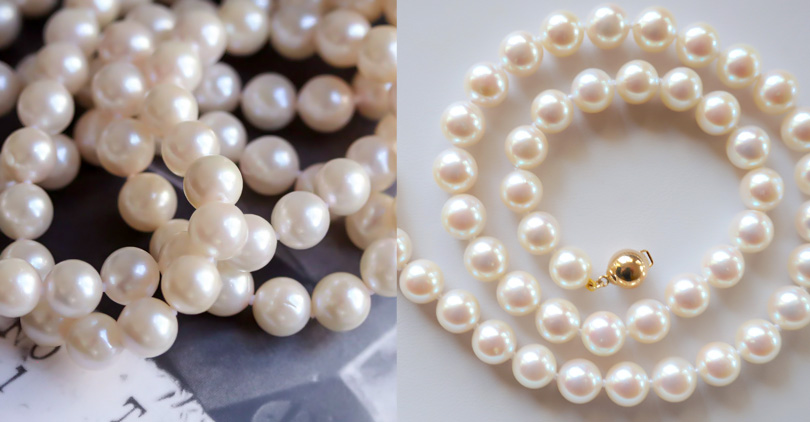
Are Akoya pearls better than freshwater?
Akoya pearls reflect light better and have a perfect round shape. Freshwater pearls are chunkier and more affordable.
Why are Akoya pearls more expensive than freshwater pearls?
Akoya pearls are more expensive because of their perfect round shape and high-luster properties.
Is it worth buying Akoya pearls?
Yes, it is worth buying because it is the third most valuable commercial pearl, and it can be passed from one generation to another.
Does China produce Akoya pearls?
Yes, China is producing Akoya pearls, and you can buy them in huge quantities from pearl manufacturers.
How can you tell if a pearl is freshwater?
Observe their luster; it is soft and dewy in freshwater pearls. It is this way because of the layers of the nacre and the dense pearl formation.


Leave a Comment